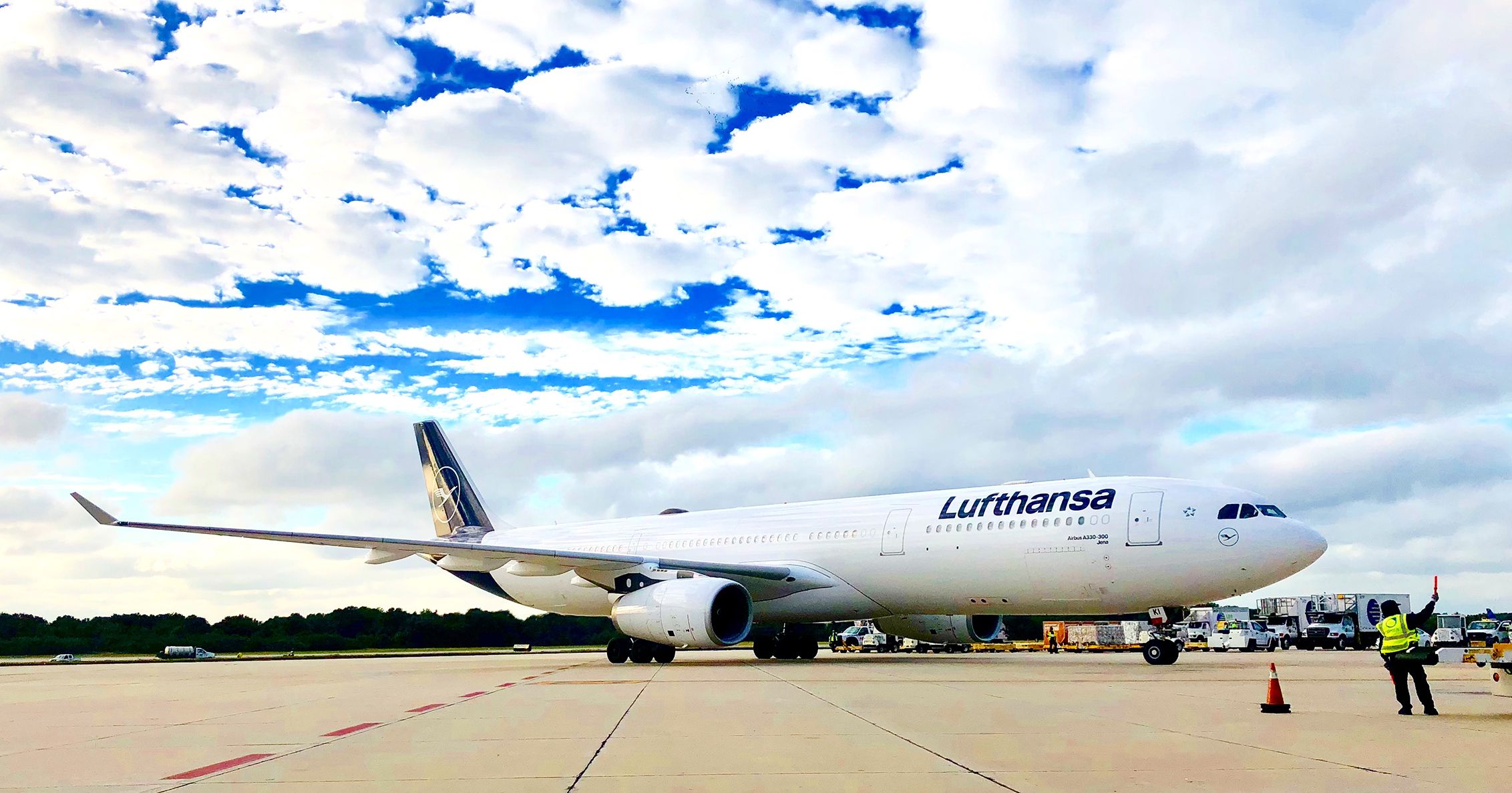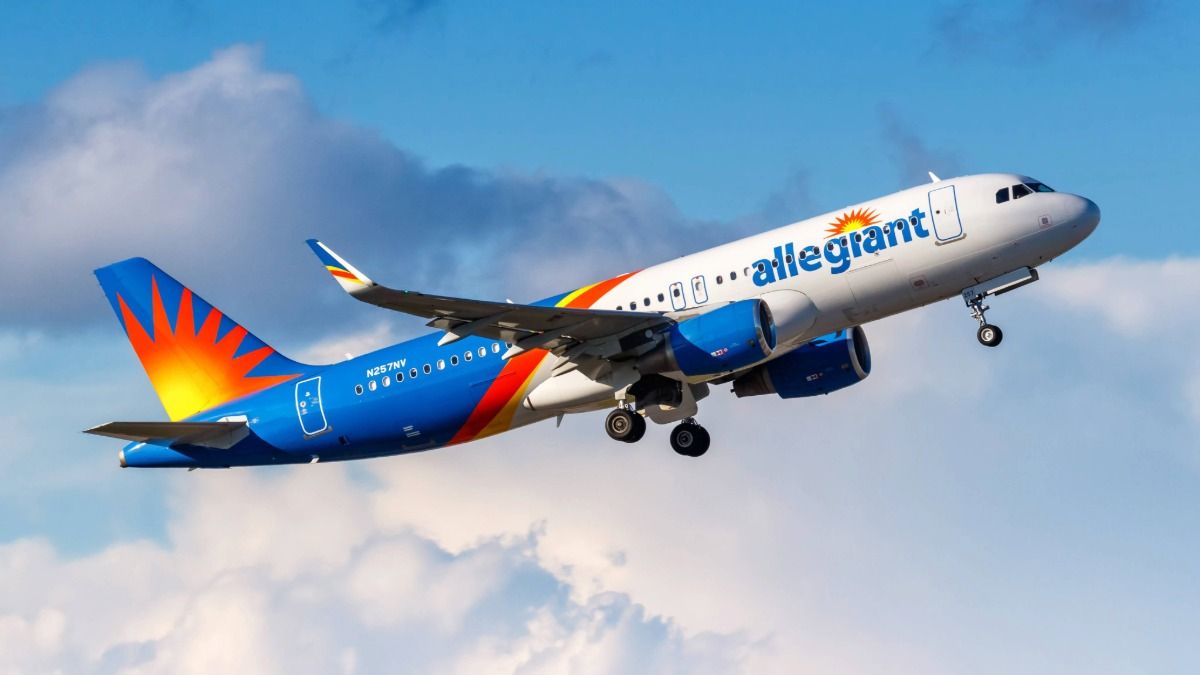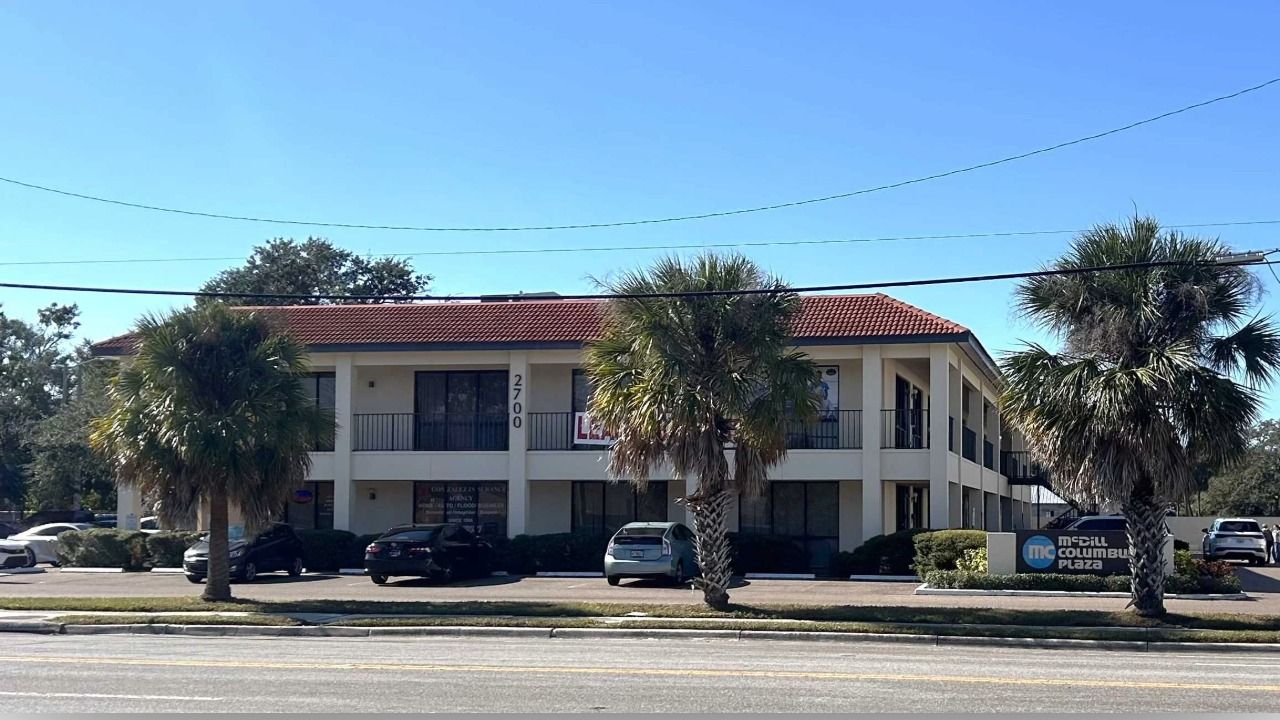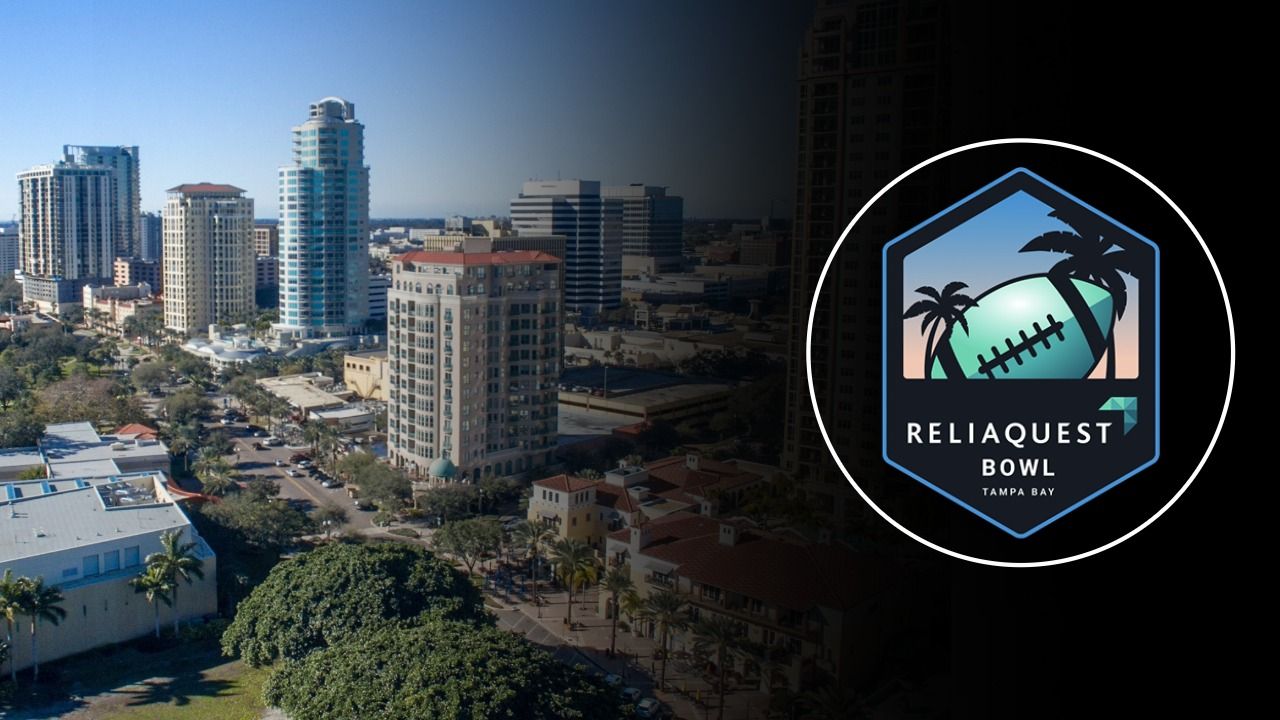Ask any business leader why they live in the Tampa Bay area, one of the first answers might be “it’s beautiful” or “the weather” or maybe “the cost of living.” But one answer keeps coming up: “We have the best airport.”
Tampa International Airport has undergone a facelift during the past nine years. Under CEO Joe Lopano the airport has completely made over its main terminal, added a SkyConnect people-mover transit system and seems to add direct international flights with regularity.
If someone moved away from the Tampa Bay area in 1995 and flew back now, if not for the water views upon landing, he or she may not even know it’s the same airport. “Tampa was originally seen as a very domestic airport,” says Kenneth Strickland, director of research and air service development at Tampa International Airport.

Following the departure of former CEO Louis Miller, who retired in 2010 and took a job at the Atlanta airport, there was a thorough transformation of the Tampa airport’s executive team, Strickland says.
One strategy was hiring more people from the private sector, to help hold the organization more accountable for its spending, Strickland says. “We now operate at about a third of the cost of other airports [of similar size],” Strickland says.
Now the airport has international travel options growing every year. Since 2010, it has increased its international service by 147 percent and more than 10 percent between fiscal years 2017 and 2018 (ending in September).
Lufthansa adding more European flights was a turning point for the airport. “It was a level of connectivity we didn’t have before,” Strickland says. “Success begets more success.”
Adding a route to Zurich, Switzerland was another big win for international travel, Strickland says. “Edelweiss [Air] came in [to the airport] because they saw the benefit and success of Lufthansa.”
Other flights include Norwegian Air’s route to London Gatwick and an Amsterdam route starting this summer, via Delta Airlines.
The airport isn’t letting up on its recruitment of international flights. Strickland says it would like to pick up more Scandinavian flights.
These international announcements are tricky, as it takes a courting process of three to five years to finalize a new air carrier contract.
Domestic flights are doing fine too. This year was projected to be the busiest yet for spring break travel, with the airport expecting 20,000 additional passengers than on a typical day. On peak days, up to 90,000 travelers were arriving and departing—an increase from about 70,000 on a typical day.

Another telling detail is the amount of business travel that comes through the airport, which opened in 1971. While the Tampa Bay area traditionally has been known as a tourism hub, business travel is growing. That allows such local companies as Tampa cybersecurity firm ReliaQuest, and Clearwater credit services firm Chargebacks911 to establish a larger presence overseas because they can get there more easily.
The airport’s location is a strategic asset. Whether you’re in Tampa, Palm Harbor or St. Petersburg, the airport often is only about 30 minutes away by car. And once you get there, it’s easy to get where you’re going within it. “We were gifted with a brilliant design for an airport,” Strickland says.













